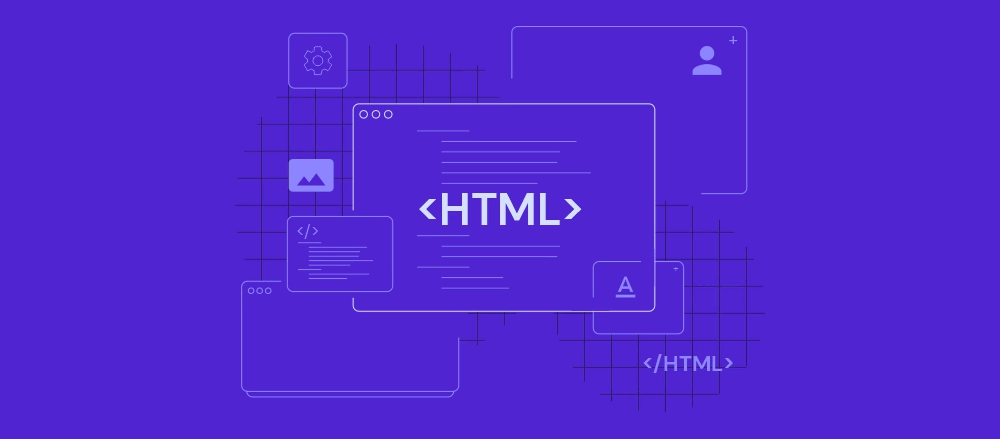HTML (HyperText Markup Language) is the foundational language for creating and structuring web pages and web applications. It defines the content and structure of web documents through a system of tags and attributes. Here’s an overview of the key aspects of HTML:
Basic Structure
An HTML document has a standard structure that includes the following essential elements:
<!DOCTYPE html>
<html>
<head>
<meta charset="UTF-8">
<title>Document Title</title>
<link rel="stylesheet" href="styles.css">
</head>
<body>
<h1>Hello, World!</h1>
<p>This is a paragraph.</p>
</body>
</html><!DOCTYPE html>: Declaration defining the document type and HTML version.<html>: Root element of the HTML document.<head>: Contains meta-information about the document, such as title, character set, and links to stylesheets or scripts.<title>: Specifies the title of the document, shown in the browser tab.<body>: Contains the content of the web page, such as headings, paragraphs, images, and links.
Common HTML Elements
- Headings and Text Formatting
- Headings:
<h1>to<h6>tags define headings, with<h1>being the highest level. - Paragraphs:
<p>tag defines paragraphs. - Text Formatting: Tags like
<b>,<i>,<strong>, and<em>for bold, italic, strong emphasis, and emphasized text respectively.
- Links and Images
- Links:
<a href="URL">creates hyperlinks to other pages or resources. - Images:
<img src="URL" alt="description">embeds images with a source and alt text for accessibility.
- Lists
- Unordered Lists:
<ul>with<li>items for bullet points. - Ordered Lists:
<ol>with<li>items for numbered lists.
- Forms
- Form Element:
<form>encloses form elements and specifies the action (URL to send data to) and method (GET or POST). - Input Fields:
<input type="text">,<input type="password">,<input type="submit">, etc., for different types of user inputs. - Text Areas:
<textarea>for multi-line text input. - Select Menus:
<select>with<option>elements for drop-down menus.
- Tables
- Table Element:
<table>defines a table. - Rows and Cells:
<tr>for rows,<td>for data cells, and<th>for header cells.
- Semantic HTML
- Structural Elements: Tags like
<header>,<nav>,<main>,<section>,<article>,<aside>, and<footer>provide meaning and structure to the document, improving accessibility and SEO.
Attributes
Attributes provide additional information about HTML elements and are included in the opening tag. Common attributes include:
id: Unique identifier for the element.class: Defines one or more class names for the element, which can be used for styling with CSS.style: Inline CSS styles specific to that element.src: Specifies the source URL for images and scripts.href: Specifies the URL for links.alt: Provides alternative text for images.
HTML5 Features
HTML5 introduced several new elements and attributes, enhancing web functionality and accessibility:
- New Structural Elements:
<header>,<footer>,<nav>,<article>,<section>, and<aside>. - Multimedia Elements:
<audio>and<video>for embedding media. - Form Enhancements: New input types like
email,tel,date, andrange, and attributes likeplaceholderandrequired. - Canvas Element:
<canvas>for drawing graphics via JavaScript. - Local Storage:
localStorageandsessionStoragefor storing data on the client side.
Best Practices
- Semantic HTML: Use HTML elements according to their purpose to improve readability and accessibility.
- Validation: Ensure the HTML code follows standards using validators like the W3C Markup Validation Service.
- Accessibility: Include attributes like
altfor images and use semantic elements to support screen readers.
HTML is constantly evolving, but the core principles remain focused on providing a structured, readable, and accessible way to present content on the web.


